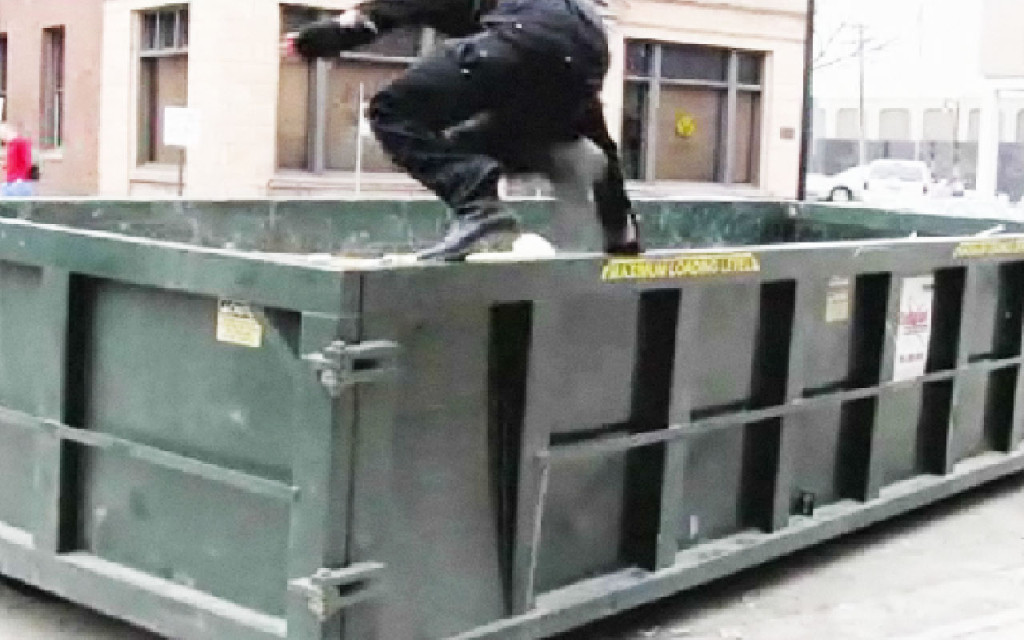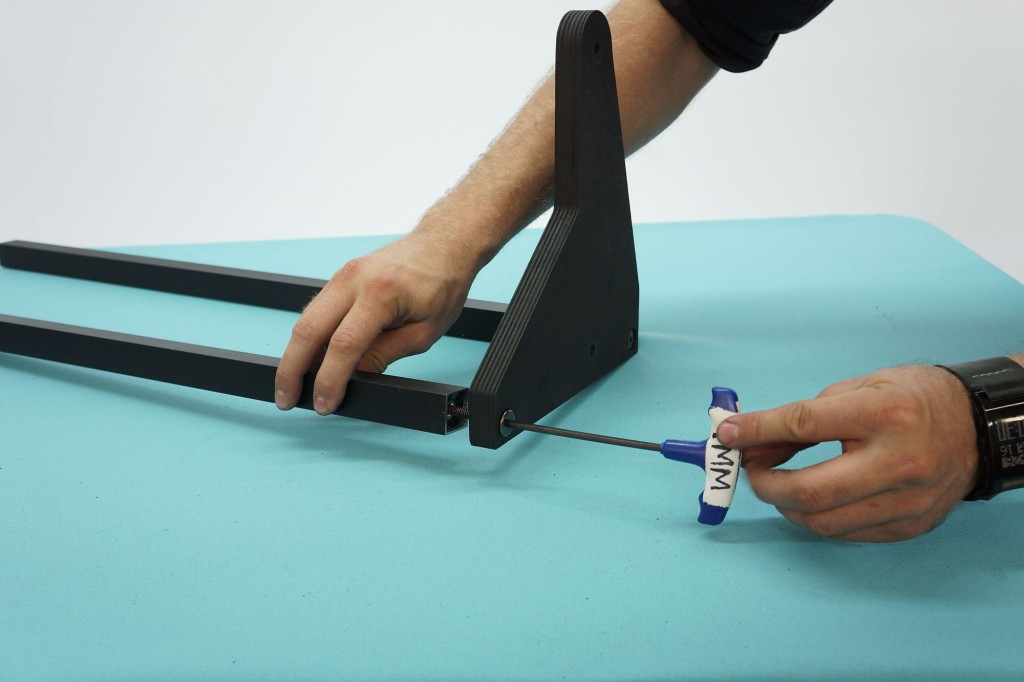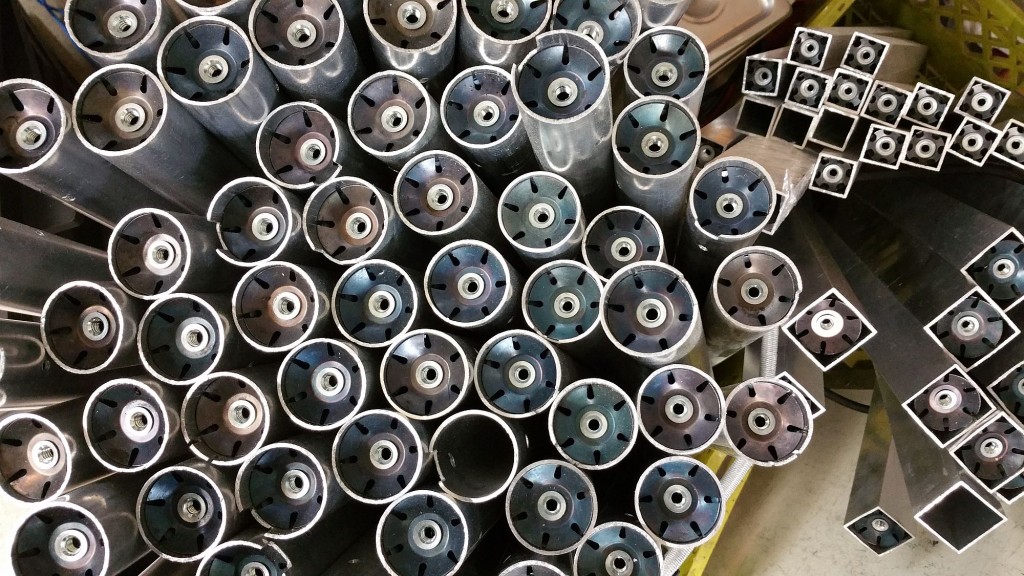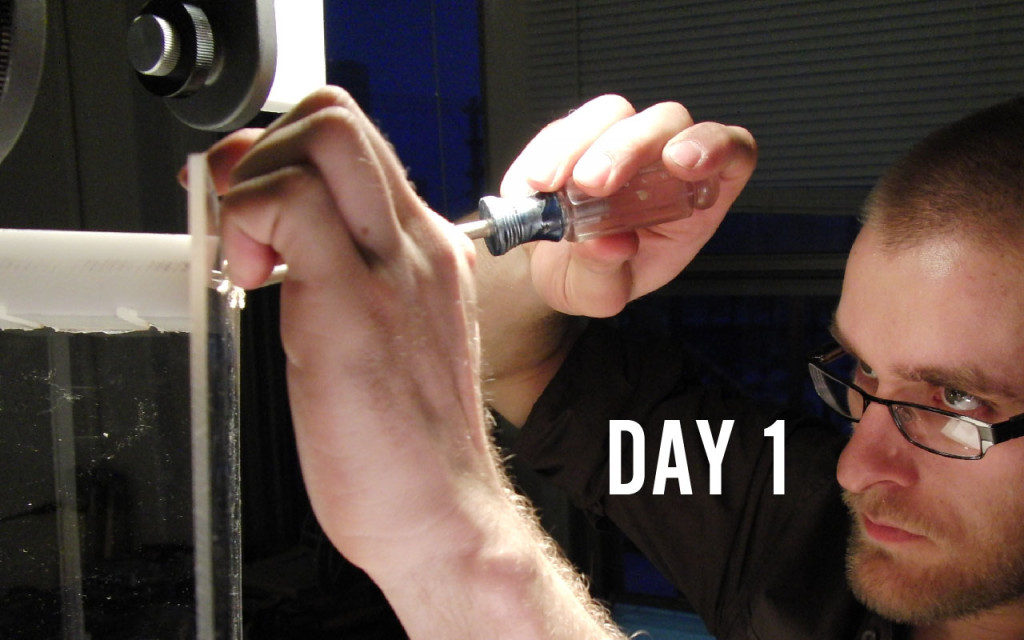For those who want some proof that physicists are human, the proof is in the idiocy of all the different units which they use for measuring energy. – Richard Feynman
In the very early days of the project, the main concern was “How do we make a book scanner?” — using any available tools, fasteners, materials, thoughts, hopes, wishes, garbage etc.  The specifics of any given screw or blob of hot-melt glue was unimportant relative to organizing all the various components in a functional way. When the design started to coalesce into something useful, I designed a machine to be sourced entirely from Home Depot. When others tried to reproduce it, I learned that even a stalwart like Home Despot does not stock similar parts at different locations across the US. Not to mention that a machine with parts sourced entirely from Home Depot, with Home Depot part numbers, is useless when your project is based in Haiti.
The specifics of any given screw or blob of hot-melt glue was unimportant relative to organizing all the various components in a functional way. When the design started to coalesce into something useful, I designed a machine to be sourced entirely from Home Depot. When others tried to reproduce it, I learned that even a stalwart like Home Despot does not stock similar parts at different locations across the US. Not to mention that a machine with parts sourced entirely from Home Depot, with Home Depot part numbers, is useless when your project is based in Haiti.
Thus I developed an intense interest in fasteners and worldwide availability. For each subsequent scanner, significant time and thought went into making something that could be assembled anywhere in the world from common components. A good example is a drawer slide, which are commonly used to get linear motion in DIY projects. In our case, they move the book from left to right under the platen. Instead of using them, I chose to design using bicycle parts and skateboard bearings. There is almost no place in the world without skateboard bearings and bicycle parts. As a bonus, skateboard bearings (608ZZ) are incredibly cheap due to economies of scale. One skate bearing is around .25USD in quantity. A comparable bearing in any other size could be ten times that. Here’s a quick video walkthrough featuring some of those ideas on the old Hackerspace Scanner:
Skate bearings have another virtue – their bore will accept a 5/16″ bolt or (more appropriately) an M8 bolt or shaft. Practically speaking, this means that you can find a bolt to mount them anywhere in the world, whether that’s the US, Canada, Russia, or the DRC. Someone will have something that will fit. And that also means that, because you have a diversity of fastener choices, you can choose the cheapest possible fasteners. My goal was always to make book scanning both affordable AND open source, so in the design of the Archivist, I used a mix of whatever was the lowest cost AND also had a Metric alternative. There is no bolt on the scanner that cannot be replaced with a proper metric alternative. Where a special fastener was used, like this plastic rivet, it can easily be replaced by a screw and nut. 
There are certain interesting situations that arise. For example, the furniture bolts on the scanner are a 1/4 20 thread, but have a metric (4mm) hex head. While I have no idea why this is, trying to go the other way (getting M6 furniture bolts and M6 cross dowels to have a completely metric system) would have cost more than 20x as much, and the parts would have come with a bright yellow zinc finish. That’s not just optically inappropriate, it’s ugly and I would have to triple those costs and pass them on to the kit builder. Considering that I’m already passing on the time and labor cost of building a kit, I knew which was the better option.
Another interesting case was in the tube-end connector nuts that get inserted into the base bars and cradle runners, which are 1/16″ wall square aluminum tubing. These tube end connector nuts can, in principle, be made with any thread, and are most commonly found from Taiwanese manufacturers. Getting them in metric thread meant paying import duties on top of an already high price. I was looking at buying these nuts in quantities of 5,000 at a time, and even at that price they were coming in between .55USD and 1.00USD after duties and shipping, even from the cheapest companies on AliBaba. I found the quality of the sample pieces that I got to be appalling. Considering that there are 10 of them in every scanner, that is a significant cost. Along the way, I found an American producer of tube end connector nuts called Carpin Manufacturing. They also make leveling feet, slides, and other useful hardware, will sell in “small” quantities of 5,000 or so, and don’t have any import problems for us USAsians. This paragraph is starting to wander – in short, it turned out to be doubly convenient that the aforementioned furniture bolts had 1/4 20 threads, because I could also use them to secure the tubes.
Speaking of tubes, getting 25mm AL profile in the US is not nearly as easy as getting 1″. Unlike sheet stock plastics (where the sheet is often truly 3mm but sold as .125″, or the plywood which is 18mm +/- 1mm, but sold as “3/4inch”) when a piece of aluminum tube says that it’s 1″ square, it’s usually 1″ square. To account for this, I left enough room around most parts to accommodate either.
 Basically, the short story is that if you’re making something at a medium scale (in my case, 40-500 units), you are at the mercy of what is available, and what is affordable. With respect to the overall machine dimensions, having grown up in a country using Imperial units, it was most convenient for me to think in inches. Because I release the design files digitally, in a domain where unit conversion happens automatically, I didn’t worry to much about the conversions as long as I took care to design in the possibility of using metric parts/other materials. And I did.
Basically, the short story is that if you’re making something at a medium scale (in my case, 40-500 units), you are at the mercy of what is available, and what is affordable. With respect to the overall machine dimensions, having grown up in a country using Imperial units, it was most convenient for me to think in inches. Because I release the design files digitally, in a domain where unit conversion happens automatically, I didn’t worry to much about the conversions as long as I took care to design in the possibility of using metric parts/other materials. And I did.
